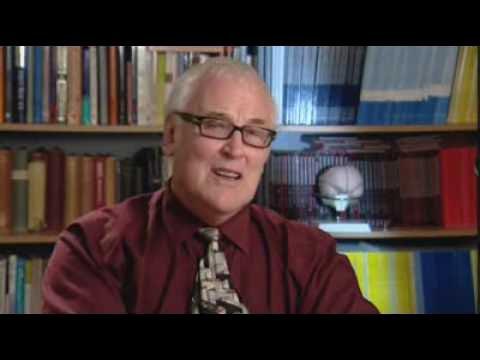Martin Bryant Port Arthur Killer

Short Summary:
This documentary explores the life and crimes of Martin Bryant, the perpetrator of the Port Arthur massacre in Tasmania, Australia, the deadliest mass shooting by a lone gunman in history. The film investigates the factors contributing to Bryant's actions, including his troubled childhood, intellectual disabilities, and the impact of his inheritance. It examines the perspectives of forensic psychiatrists on whether Bryant was inherently a killer or if his actions were preventable. The documentary highlights the lasting impact of the tragedy on victims' families and the ongoing mystery surrounding Bryant's motivations, revealed through previously unpublished interviews and accounts. The film uses interviews, archival footage, and analysis of Bryant's life to piece together a complex portrait of a mass murderer.
Detailed Summary:
The documentary is structured chronologically, tracing Bryant's life from childhood to imprisonment.
Section 1: The Massacre and its Aftermath: The film begins by establishing the Port Arthur massacre as the world's worst mass shooting by a lone gunman. Bryant's guilty plea spared families the trauma of a trial, but left many questions unanswered. The film sets the stage for the investigation into the events leading up to the tragedy.
Section 2: Early Life and Troubled Childhood: The documentary explores Bryant's early life, highlighting his violent tendencies, intellectual disabilities, and difficulties forming relationships. An anecdote about a 12-year-old Bryant playing with firecrackers illustrates his defiant nature. His parents' struggles to manage his behavior and their decision to send him to a mainstream school are discussed as contributing factors to his problems. Professor Paul Mullen's expert opinion emphasizes the lack of support Bryant received for his intellectual disabilities. His mother's attempts to control him by tying him to a leash are mentioned.
Section 3: Inheritance and Isolation: The film details Bryant's inheritance from Helen Harvey, an eccentric woman who essentially adopted him. This wealth, instead of improving his life, exacerbated his isolation and fueled his erratic behavior. His use of his newfound wealth to travel internationally and his unsuccessful attempts to connect with others are highlighted.
Section 4: The Events Leading to the Massacre: The documentary describes Bryant's actions in the lead-up to the massacre, including his stops along the way, suggesting he was hoping for intervention or a reason to stop. The missed opportunity for a kind word from a tourist is presented as a pivotal moment.
Section 5: The Capture and Aftermath: The film recounts Bryant's capture by police, his demands for a helicopter, and his lack of remorse. Previously unpublished interviews with his lawyer reveal his lack of memory of the crimes but subsequent enjoyment of reading witness statements, indicating a lack of empathy. The documentary concludes with a description of Bryant's current state: an obese, isolated man who has attempted suicide multiple times and receives few visitors, even from his mother. The final statement emphasizes the severity of his current condition as a punishment greater than any that could be inflicted. The quote, "even the most vindictive and revenge minded citizen could not wish uh for a punishment greater than Martin Bryant uh is now suffering," powerfully summarizes the film's conclusion.